Following recent advances in diode laser pump technology and optical fibre technology, it is now possible to pump fibre lasers and solid-state lasers with both very high power and very high intensity. This relatively new regime of operation has opened up a wealth of new possibilities including the opportunity to study some new and interesting aspects of laser physics, and to develop some novel, high-power fibre and solid-state sources with important applications potential. Two fully-funded PhD studentships are available in this area with particular emphasis on the following topics:
Advanced high power two-micron fibre lasers
Two-micron fibre laser technology has the potential to open up a wealth of new applications in areas such as industrial laser processing, medicine, defence and optical communications. Moreover, significant power scaling advantages can be gained by moving from traditional ytterbium-doped fibre lasers operating in the one-micron band to the two-micron band. The main focus of the project will be to create a world leading power-scalable two-micron fibre laser platform based on holmium-doped fibres for operation in continuous-wave, pulsed (nanosecond) and ultrafast (picosecond, femtosecond) regimes. The project will also explore various nonlinear frequency conversion schemes for extending wavelength coverage to the mid-infrared band (~3 â 5 μm). The project is supported by the EU under the seventh framework programme and hence involves collaboration with industrial and academic partners from across Europe. The studentship is supported by EPSRC and comes with a stipend (including an additional industrial bursary) of £18,500 - £20,000 (tax-free) and with fees paid.
Optical amplifier technology for ultrafast fibre lasers
Ultrafast fibre lasers operating in the picosecond and femtosecond regimes have seen dramatic development over recent years fuelled by the prospect of a growing number of applications in areas such as precision materials processing and laser surgery. Scaling the output pulse energy and peak power to meet the needs of these applications and others is the underlying motivation for this project. The project will investigate new optical amplifier architectures that combine the advantages of rare-earth doped fibre and crystal-based amplifiers to allow unprecedented power levels to be reached. This research will be supported by an EPSRC Industrial Case Studentship and as such will involve close collaboration with one of the worldâs leading manufacturers of ultrafast fibre lasers (based in the UK). The studentship comes with a stipend (including an additional industrial bursary) of £18,500 - £20,000 (tax-free) and with fees paid.
Applicants should have a first class or a good upper-second class degree (or the equivalent) in physics, engineering or a related discipline and, ideally, should have a strong desire to conduct research in the area of laser physics and photonics. The studentships are open to UK and UK-resident applicants (see www.epsrc.ac.uk/skills/students/help/Pages/eligibility.aspx for further information on eligibility criteria).
To apply, please send your application letter and CV (including the names of two referees) to Professor Andy Clarkson at wac@orc.soton.ac.uk by 25 July 2013. The projects will begin on 1st October, 2013
Scholarships are not only for the smart students. Anyone can get scholarships

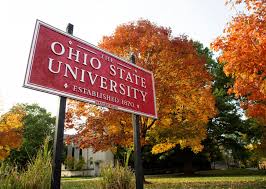
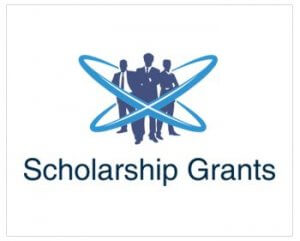

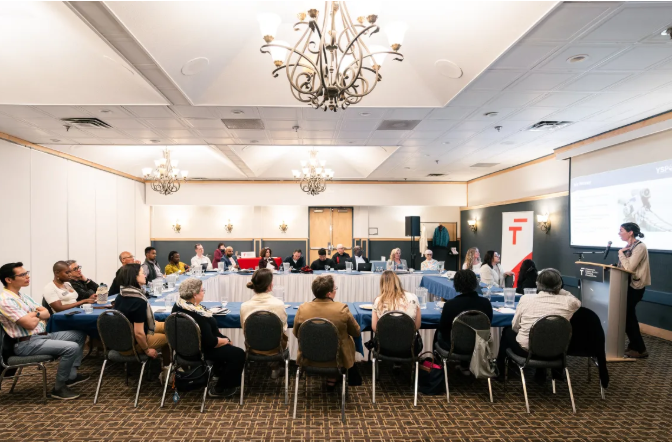
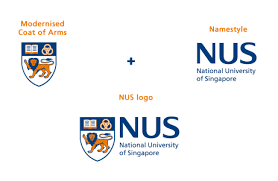
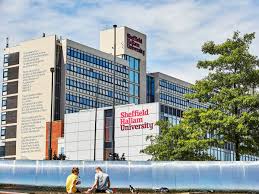
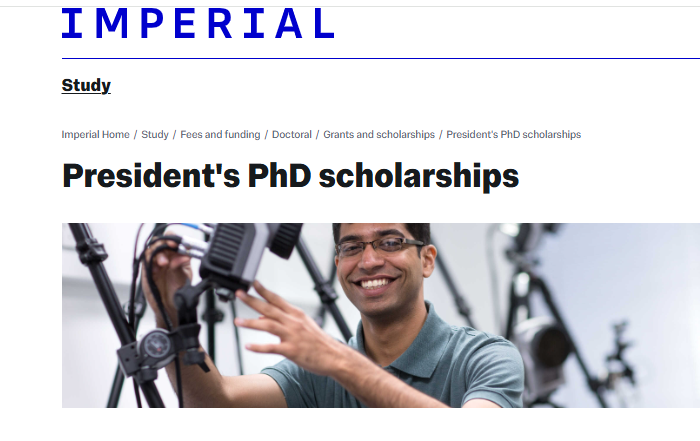

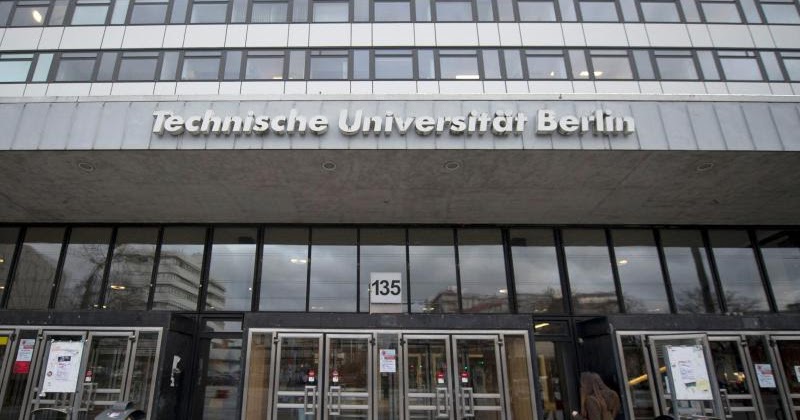

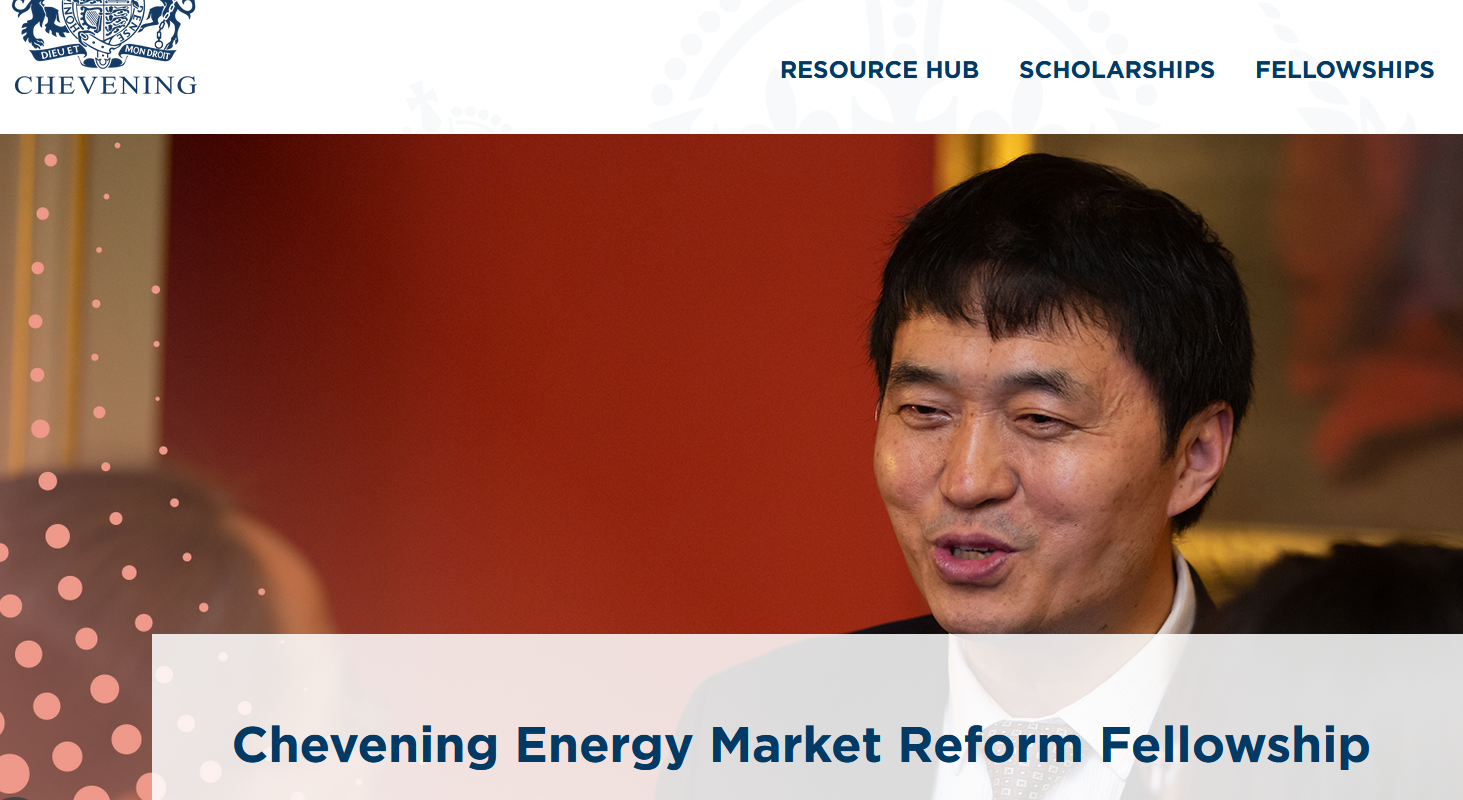

Have a Question about this Scholarship?